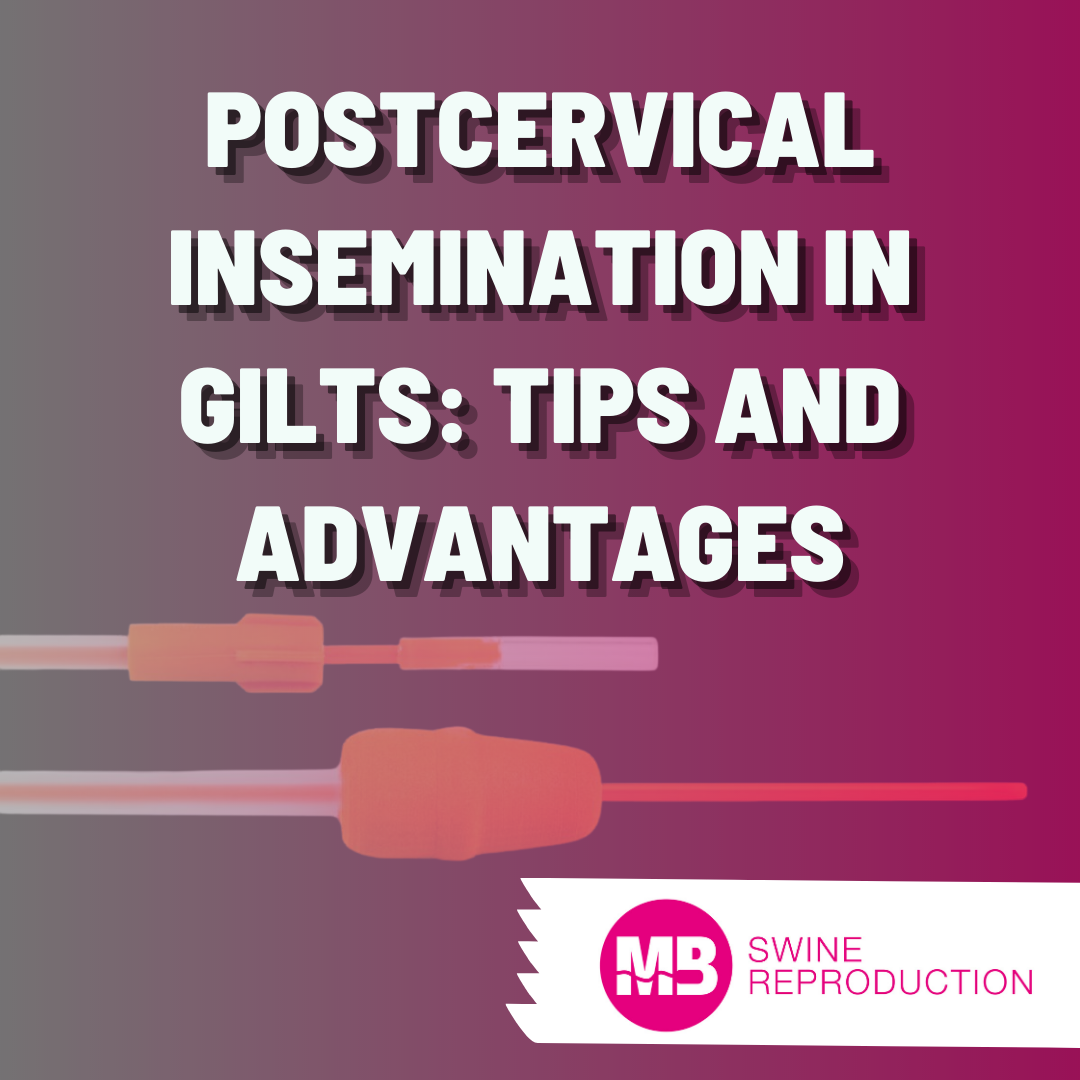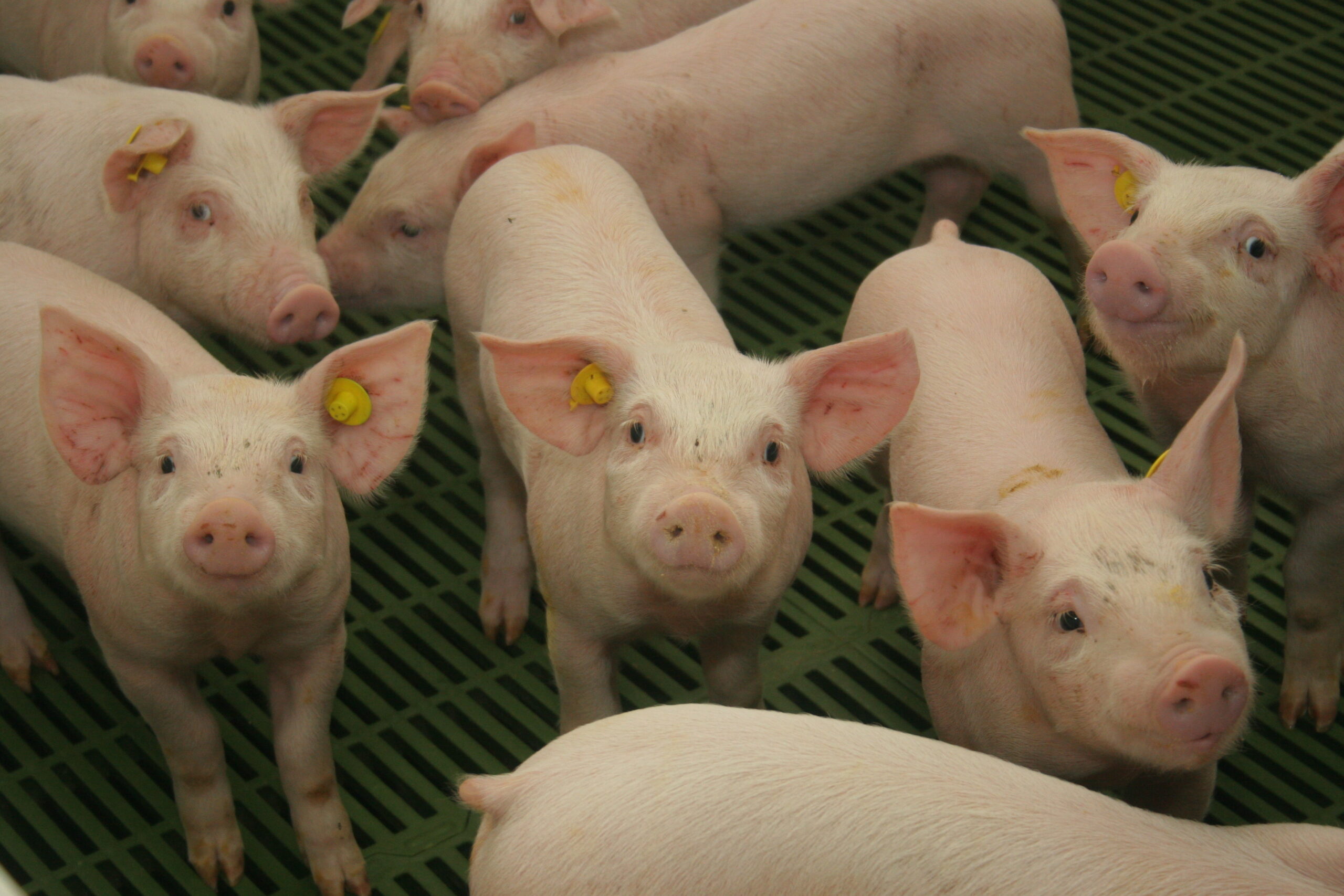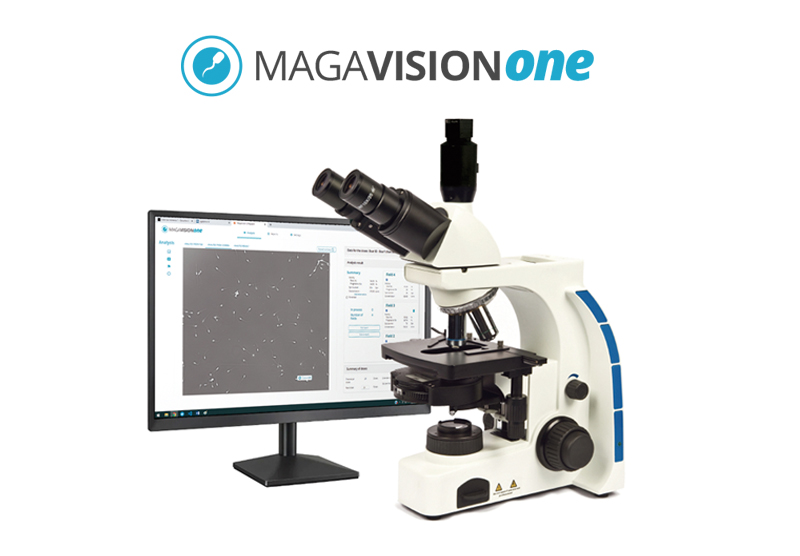Due to the numerous advantages that postcervical insemination offers, which we talked about in our previous post, this technique is starting to develop progressively among gilts in recent years.
Advantages compared to traditional artificial insemination in gilts:
- Faster, more effective, and safer;
- When filling farms, the time spent on insemination drastically decreases;
- Farms where the postcervical insemination is used in multiparous allow unifying the insemination methodology;
- Farms where the traditional insemination is used in multiparous allows the total change of the technique which facilitates the work of the operator;
- Unification of the type of dose produced in insemination centers producing only doses of postcervical insemination.
Tips for performing artificial postcervical insemination in gilts:
- Size and age (135-150 kg and 7.5-8 months) at the time of being inseminated, having passed at least two heats;
- Allow at least 40 minutes between suspicion and insemination;
- Have more patience, giving time for the gilt to relax the cervix;
- Take advantage of this time to continue putting catheters in other animals;
- Begin insemination with gilts and then continue with the multiparous ones.
As tools when checking that the technique is being performed correctly, we can take into account two indicators that will ensure the success of the technique:
- A success rate in the correct introduction of the probe, on more than 80% of the occasions;
• Reproductive parameters of fertility and prolificacy should be the same or better than those obtained with traditional insemination.
*Magapor news
Due to the numerous advantages that postcervical insemination offers, which we talked about in our previous post, this technique is starting to develop progressively among gilts in recent years.
Advantages compared to traditional artificial insemination in gilts:
- Faster, more effective, and safer;
- When filling farms, the time spent on insemination drastically decreases;
- Farms where the postcervical insemination is used in multiparous allow unifying the insemination methodology;
- Farms where the traditional insemination is used in multiparous allows the total change of the technique which facilitates the work of the operator;
- Unification of the type of dose produced in insemination centers producing only doses of postcervical insemination.
Tips for performing artificial postcervical insemination in gilts:
- Size and age (135-150 kg and 7.5-8 months) at the time of being inseminated, having passed at least two heats;
- Allow at least 40 minutes between suspicion and insemination;
- Have more patience, giving time for the gilt to relax the cervix;
- Take advantage of this time to continue putting catheters in other animals;
- Begin insemination with gilts and then continue with the multiparous ones.
As tools when checking that the technique is being performed correctly, we can take into account two indicators that will ensure the success of the technique:
- A success rate in the correct introduction of the probe, on more than 80% of the occasions;
• Reproductive parameters of fertility and prolificacy should be the same or better than those obtained with traditional insemination.
*Magapor news







